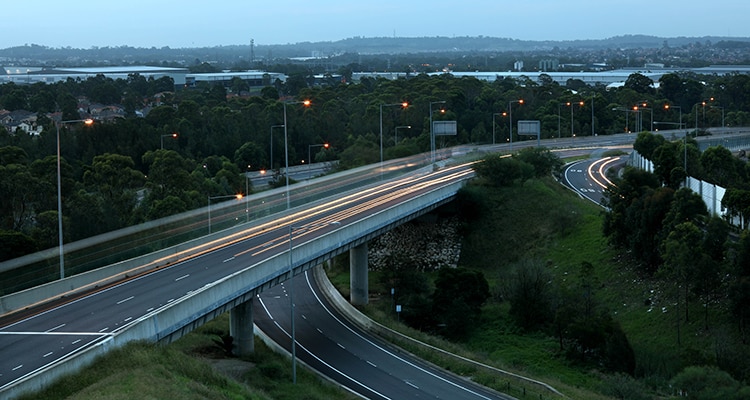What Are Some Safety Tips For Night Driving

If you have your Ls and are a learner driver, you may be a bit nervous about driving at night. You need at least 20 hours of night driving in NSW, and it’s not hard to understand why night driving is intimidating. Compared to the day, you can see so much less of your surroundings, even if you have bright headlights and there is overhead street lighting.
So, with that in mind, here are a few tips for driving at night. With these safety tips, you can drive more safely even late at night when visibility is low.
1. Be Careful When Driving Around Curves
Driving around curves is especially hazardous at night. The bright lights of oncoming cars can cause you to be temporarily blinded if they shine in your eyes – and this is a lot more dangerous if you’re turning compared to going straight.
So be prepared for oncoming drivers and their oncoming headlights. Think about the curve of the road before you make your turn, and be ready for the lights of oncoming traffic. Take curves slowly to ensure you have time to react even if bright lights shine into your eyes.
2. Know When To Use Your High Beams
High beams illuminate a much larger area around your car and enhance safety, but they can blind oncoming traffic, or drivers who are ahead of you. You should only use your high beams when you are at least 200 metres (about 500 feet) away from any other cars, including oncoming vehicles and vehicles in front of your own car.
3. Clean Up Your Windshield For A Better View
It’s important to clean up both the left hand and right hand side of your windshield. A dirty windshield can make it a lot harder to see at night, and impact your depth perception and ability to respond to potentially-dangerous situations.
4. Check Your Vehicle’s Lights Regularly
This includes your headlights, turn signals, brake lights, and all other lights on your car. Make sure all the bulbs are working and are clear. If the light seems to be dim, clean off the plastic coverings to allow the light to shine through more effectively. If that doesn’t work, the bulb may need to be replaced.
Your lights are often the only way that other drivers will be able to see your vehicle on the road – and are instrumental for your safety. So check them often if you drive at night regularly, and ensure you can see – and be seen – while you’re on the road.
5. Avoid Using Your Interior Lights At Night, When Possible
Interior lights can be useful if you need to pull your car over, turn it off, and look at a map or find something in your vehicle that you need. But they should not be used while you drive at night.
The reason is simple – bright interior lights can harm your night vision and make it harder for you to see clearly when you drive at night. If you are looking at the dim exterior of your car but there’s a bright light inside the vehicle, it will be much harder for you to see.
Get Driving Lessons From LTrent Driving School – Drive At Night With Confidence
With help from a professional instructor, you can learn more about safe driving habits that will help you as you drive at night, and gain the confidence you need behind the wheel. In NSW we also offer the Safer Drivers Course, designed for learners wanting to become better drivers by reducing risks and anticipate hazard situations.
Don’t wait. Contact LTrent Driving School now to learn more about our lesson packages, and book your first session right away.